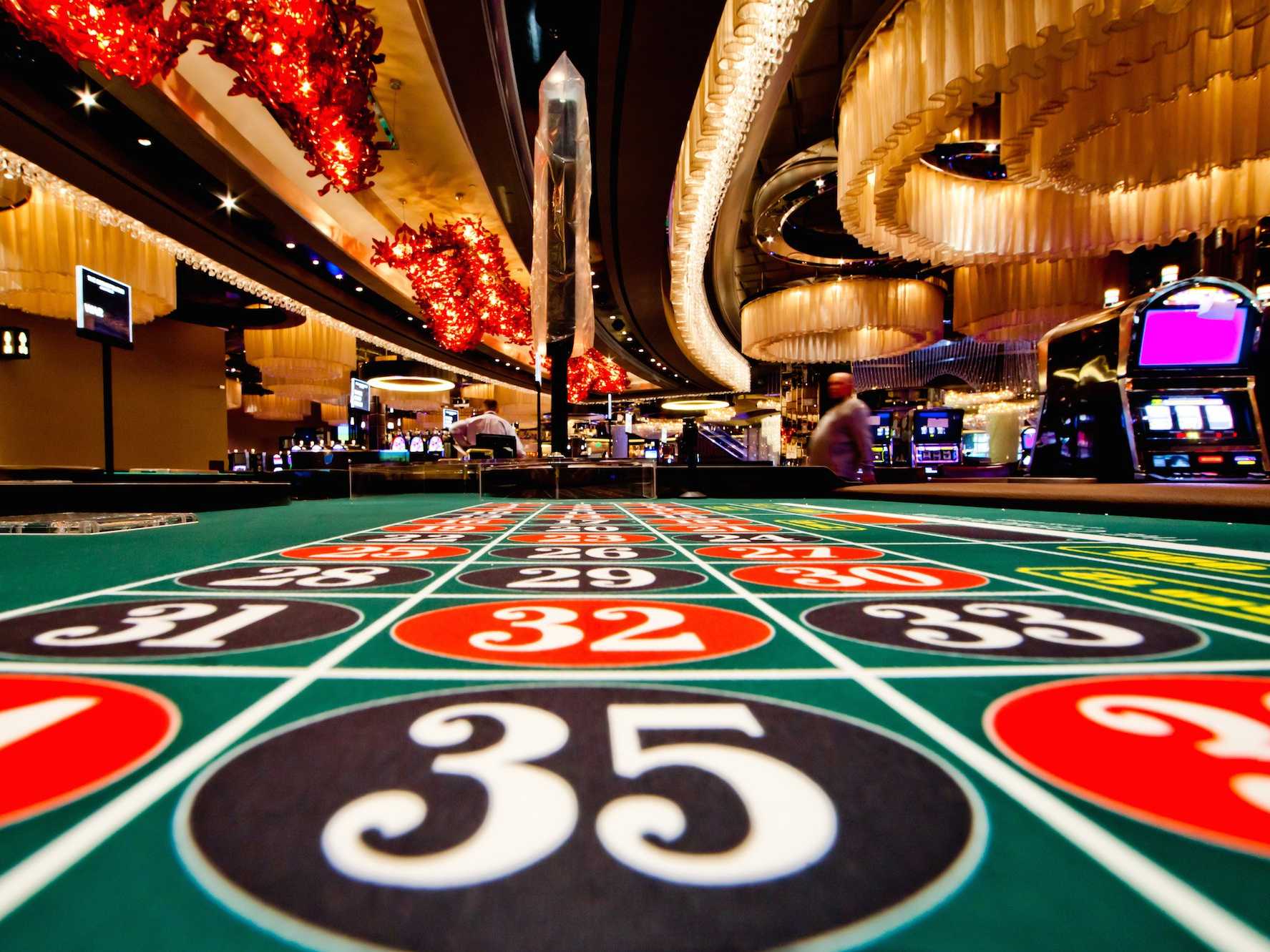
Casino games have long captivated people’s attention, drawing players into a realm filled with fortune, tactics, and the allure of thrill. Each activity is painstakingly crafted not just for enjoyment, but also to elicit particular emotional responses that keep gamblers immersed and committed. Understanding the motivations behind these designs reveals much about how human psychology plays a vital role in the gaming experience.
From the bright lights and lively sounds to the intricate layering of guidelines and rewards, casino games are designed to create an atmosphere of excitement and anticipation. Game designers leverage psychological principles to influence participant behavior, whether through the use of winning opportunities, near-miss scenarios, or community engagement. By examining these elements, we can better appreciate how casino games fulfill not just a desire for entertainment, but underlying psychological needs for adventure and hazard.
Comprehending Player Behavior
Casino games are designed with a thorough grasp of gamer psychology, which is crucial for attracting and retaining players. The excitement of the game, coupled with the hope of winning, establishes a strong draw. Game designers make use of elements like sound effects, dynamic graphics, and captivating gameplay to capture attention and generate emotional responses. These sensory experiences enhance the overall experience, making players feel more attached in the game.
Another significant aspect of player behavior is the notion of risk and reward. Casino games often weigh high-risk scenarios with the potential for significant rewards, which can result in the occurrence known as near-miss experience. When players come within reach to winning, the brain produces dopamine, bolstering their behavior and prompting them to persist playing in search of that fleeting win. This cycle of anticipation and letdown plays a crucial role in how games are designed and marketed.
Lastly, community aspects also play a critical role in player behavior at casinos. Many games are crafted to be played in teams or in company with other players, nurturing a sense of community and communal experience. xóc đĩa 88 The community engagement inherent in games like blackjack enhances enjoyment and can culminate in extended gameplay. Designers capitalize on this by crafting environments that invite players to stay, connect, and revisit, making the overall casino experience more inviting.
The Role of Visuals and Audio
Imagery and audio play a vital role in elevating the gambler’s experience within casino games. Designers utilize vibrant colors, striking graphics, and captivating animations to grab players’ attention and maintain their interest. The use of motifs, such as exploration or luxury, helps create an engaging atmosphere that takes players into a different world. By appealing to the senses, these elements contribute to a intensified emotional response, prompting players to engage more profoundly with the games.
Audio design is equally important in reinforcing the experience of gambling games. The mix of ambient music, sound effects for winning combinations, and environmental noises creates an sound landscape that holds players fascinated. Audio cues associated with victories, such as chiming bells or festive music, evoke feelings of thrill and satisfaction, encouraging players to continue playing. These audio cues are carefully placed to amplify the thrill of the game and create a more engaging experience.
Moreover, the alignment of imagery and audio is crucial for reinforcing the game’s overall concept and atmosphere. Each element should align seamlessly to create a cohesive experience that pulls players in. The effective use of this synergy not only enhances user enjoyment but also boosts the likelihood of repeat play, as players become more invested in the captivating world that the casino games offer. This thoughtful integration of imagery and sound ultimately enhances player involvement and loyalty.
Reward Systems and Engagement
The development of gambling experiences greatly relies on reward structures to keep participants involved and returning for additional experiences. These systems are rooted in behavioral theories that exploit human behavior and motivation. Participants are often driven by the excitement of winning, which is reinforced by instant responses through the game structure’s mechanics. This instant gratification not just improves the overall experience but also fosters a feeling of achievement, encouraging players to keep participating in hopes of bigger rewards.
Gaming establishments utilize various reward structures, such as jackpots, extra rewards, and multipliers, to engage players. These features create a layer of excitement that maintains engagement. Additionally, the unpredictability of results plays a significant role in sustaining attention. The intermittent reinforcement schedule, where successes are random but occur often enough, maintains participants on edge and motivated to continue participating. This loop of anticipation and expectation is foundational to the success of gambling experiences.
Moreover, social elements, such as tournaments and multiplayer features, enhance the engagement factor by tapping into the desire to compete of participants. The communal aspect of gaming with others can intensify the excitement of winning and create a sense of community within the casino. By combining these community elements with efficient reward systems, gambling experiences not only offer fun but also nurture a deeper bond among participants, solidifying their loyalty to the gaming experience.
